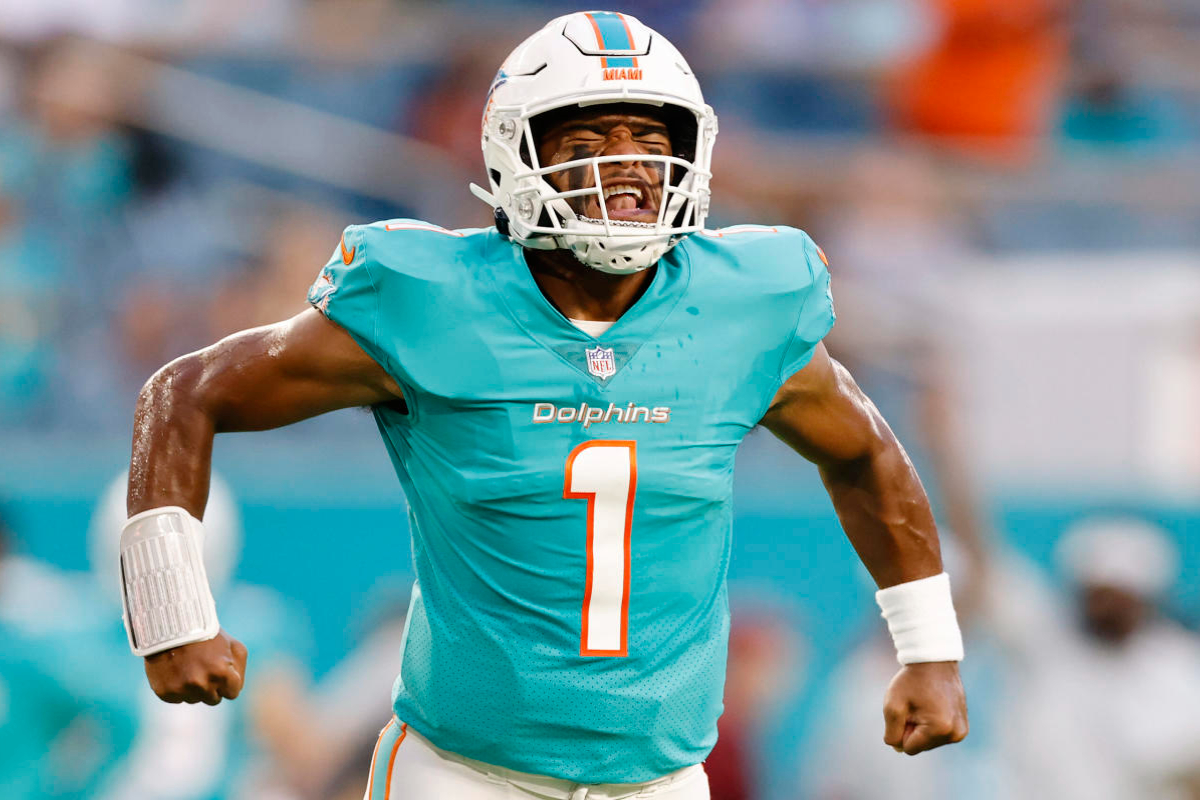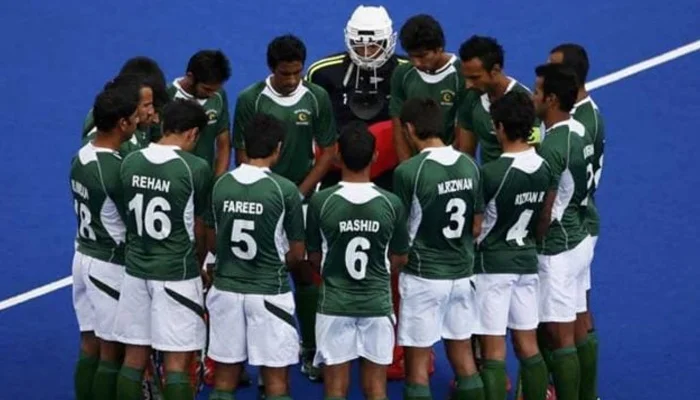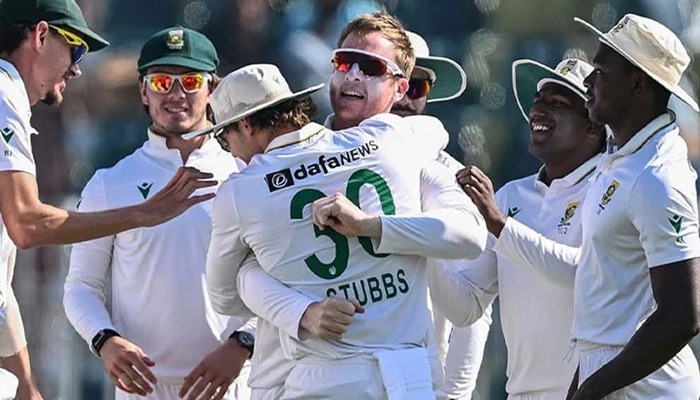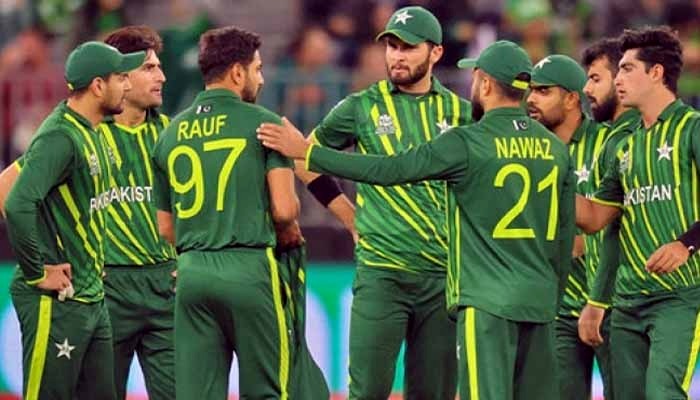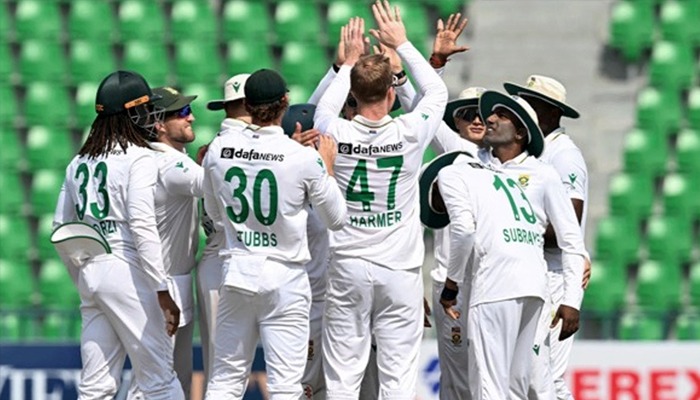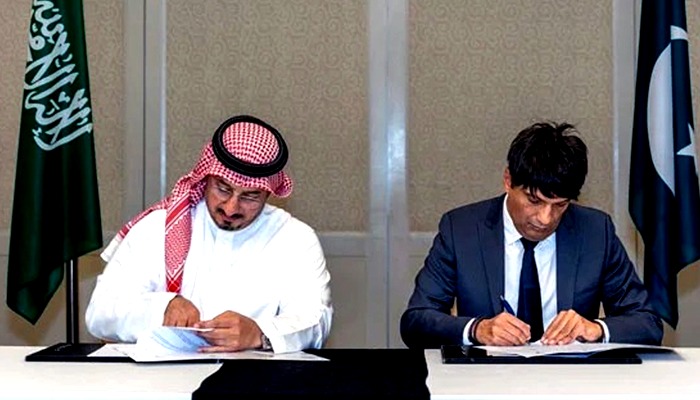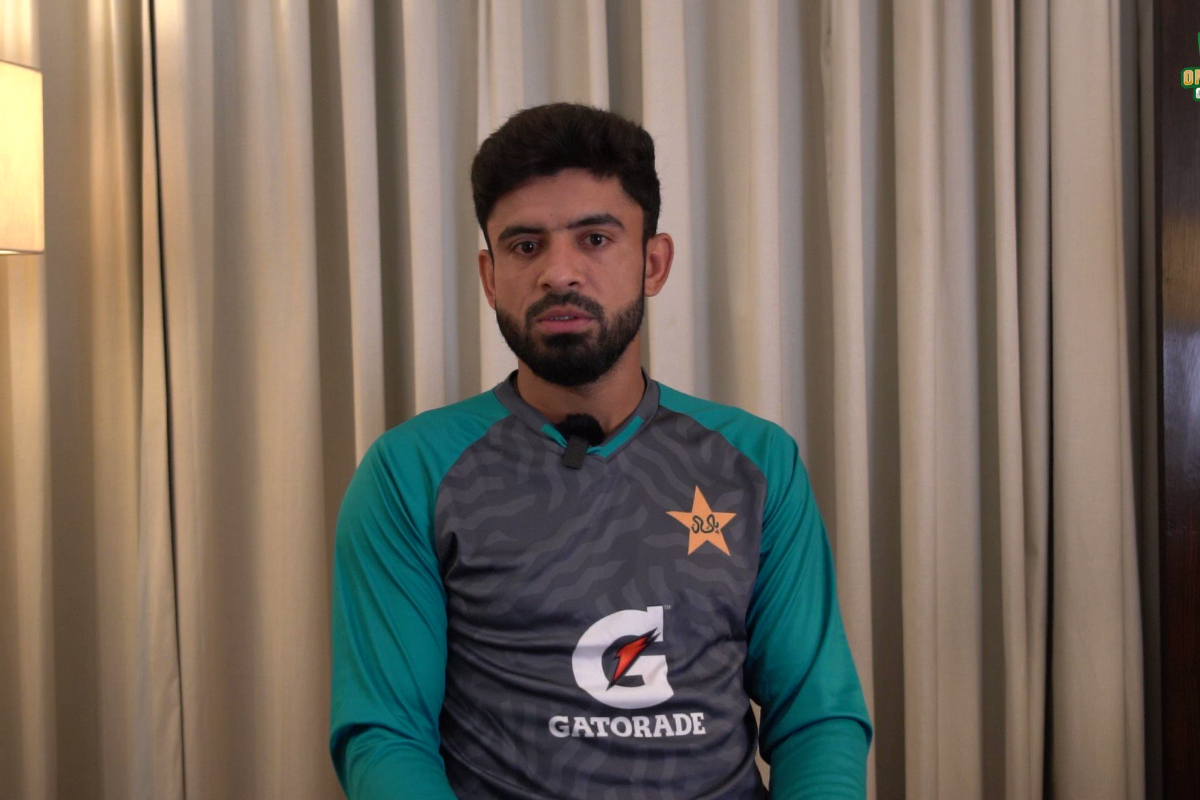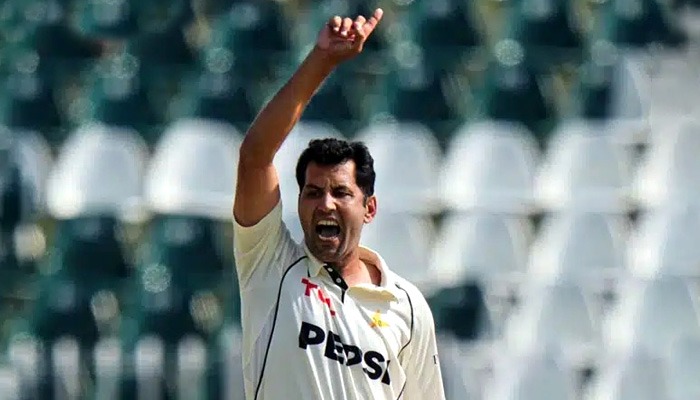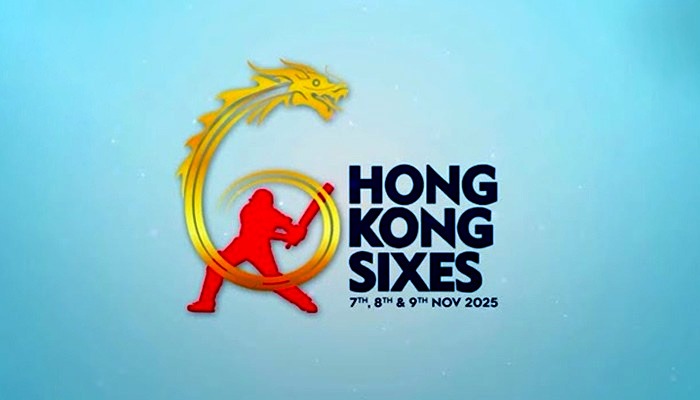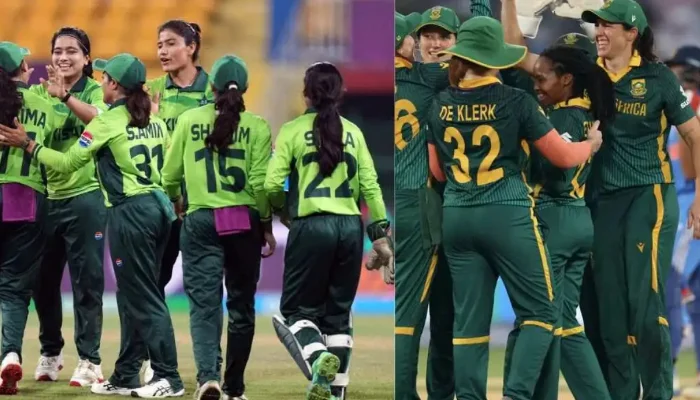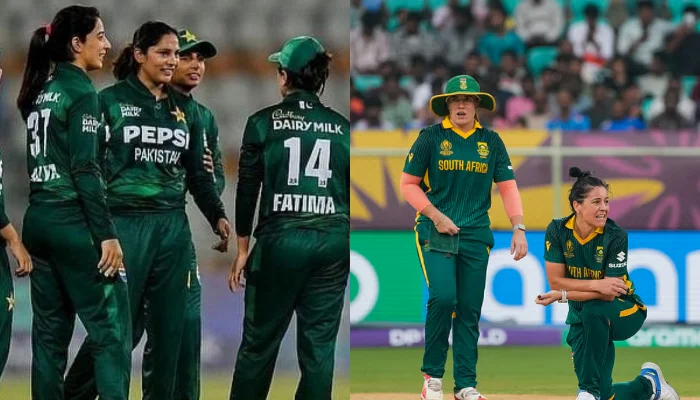- Tua Tagovailoa’s injury sparks concern over NFL’s policies.
- He was taken from the field on a stretcher during Thursday night’s game.
- The Dolphins initially thought that impact caused a brain injury.
Tua Tagovailoa, the quarterback for the Miami Dolphins, was taken from the field on a stretcher during Thursday night’s game against the Cincinnati Bengals, and it is thought that he may have sustained a concussion.
Coach Mike McDaniel of the Dolphins remarked, “It was a frightening time. “He underwent a concussion evaluation and is now in the concussion protocol. At the hospital, he was. I think he’s about to be released.”
After Tagovailoa returned to the game after being struck hard in the first half of the Dolphins’ game against the Buffalo Bills on September 25, the league union announced earlier this week that it would be looking into the Dolphins’ concussion evaluation procedure.
The Dolphins initially thought that impact caused a brain injury, but McDaniel later changed his mind and indicated that Tagovailoa had hurt his back. He repeated that claim on Thursday night.A concussion caused by sport is described by the National Football League as “a traumatic brain injury created by biomechanical forces.”
According to the league, concussions can be brought on by direct blows to the head, face, neck, or any other part of the body that transmits force to the head.
Any loss of consciousness, convulsions, delayed movement, problems with motor or balance coordination, a vacant expression, holding the head, bewilderment, forgetfulness, or obvious facial injuries are all telltale indicators of a concussion.
At the beginning of the season, all players and team personnel must receive and go over instructional materials about concussions before creating an emergency medical action plan.
Prior to the start of the season, athletes are required to undergo baseline neurological evaluation and testing every other year. Every three years, tests are given that may be computerized, paper-and-pencil, or a combination of the two. If it appears that a player may have suffered a concussion, other tests could be performed.
On game day, sports trainers and unaffiliated neurotrauma consultants (UNCs) are positioned on the sidelines and in a stadium booth to monitor the action for any indications of concussion.
The team physician must be consulted to recommend a sideline examination if any UNC players or athletic trainers, commonly known as booth spotters, observe any indication of a concussion. The suggestion might also come from a UNC on the opposing team.
The athlete is first sent to the sideline to be examined, and if any concussion symptoms are found, they are sent to the locker room for additional testing and are not allowed to return to the game.
The booth spotter may call a medical time-out until the evaluation is finished if a player is sent back into the game before the medical crew has finished its assessments.
[embedpost slug=”dolphins-hc-mike-mcdaniel-tua-tagovailoa-suffered-concussion/”]

